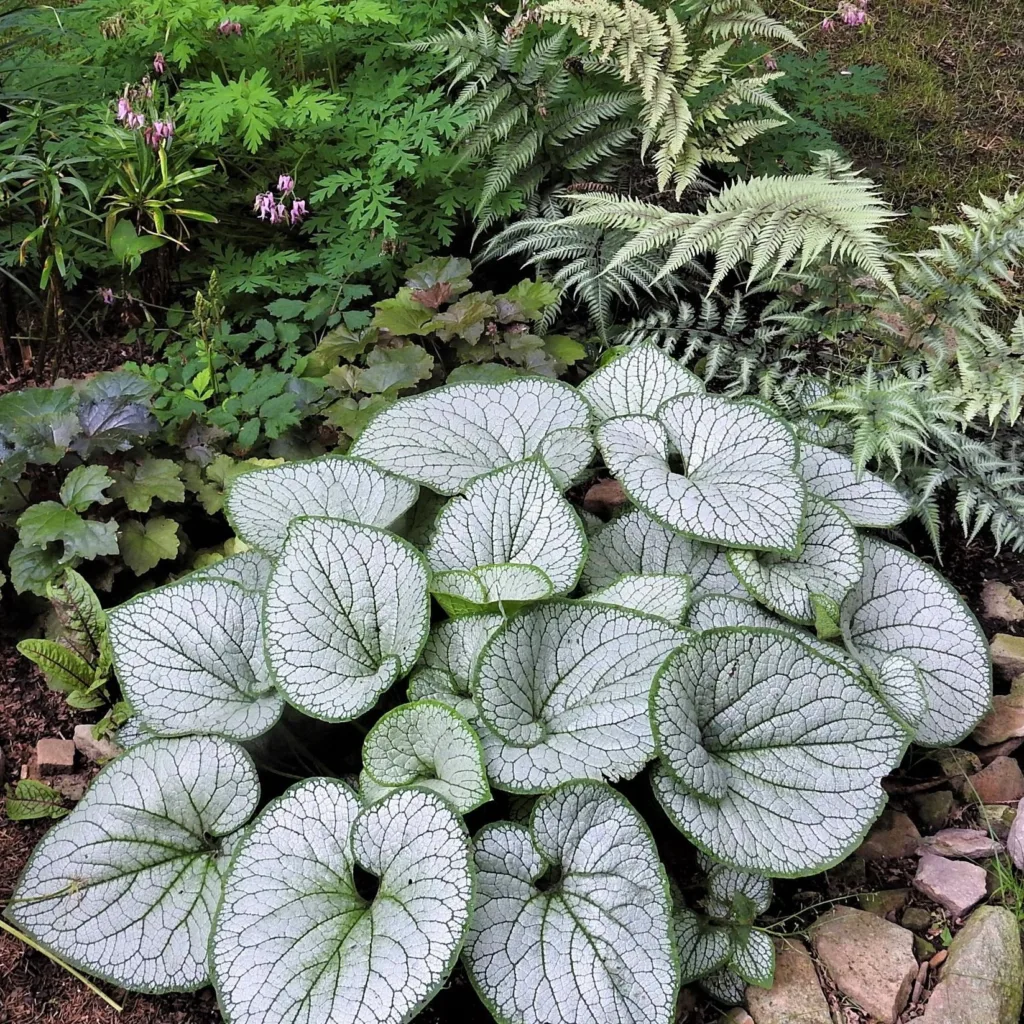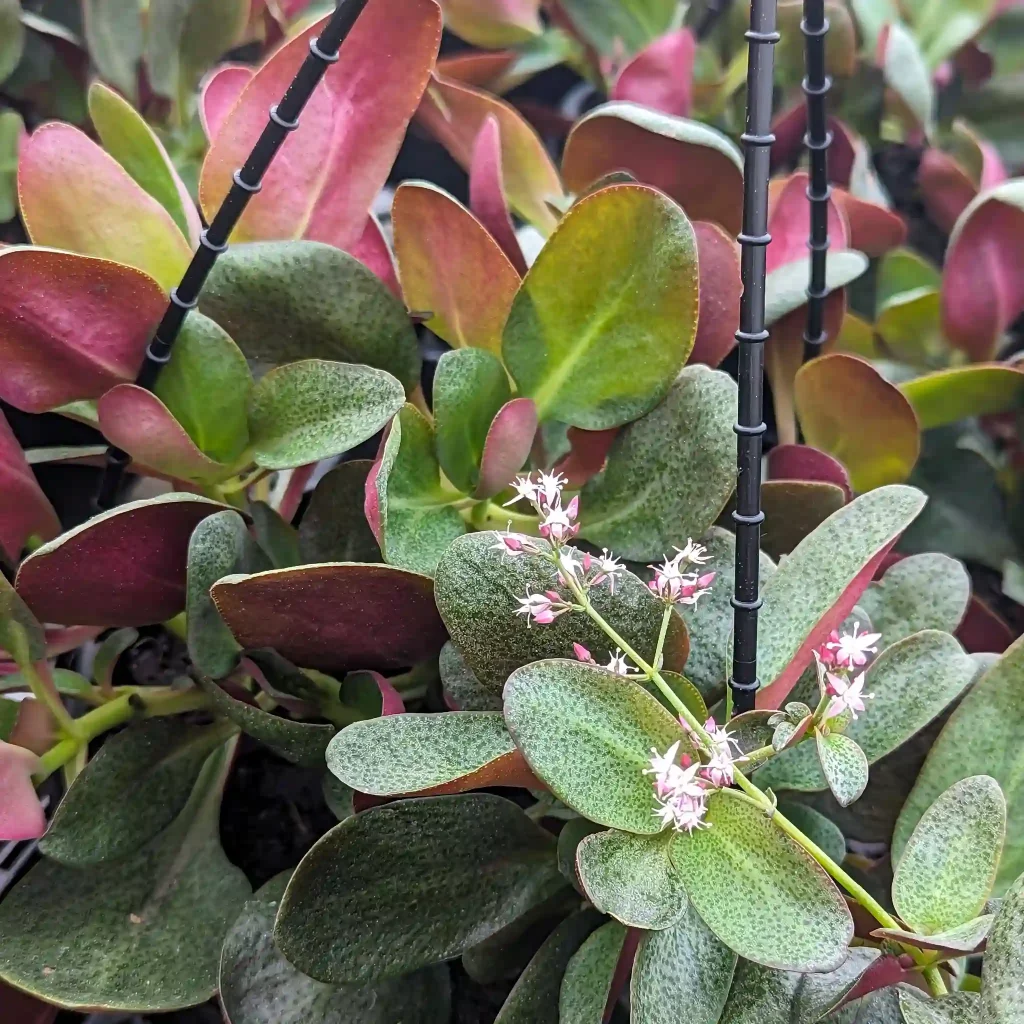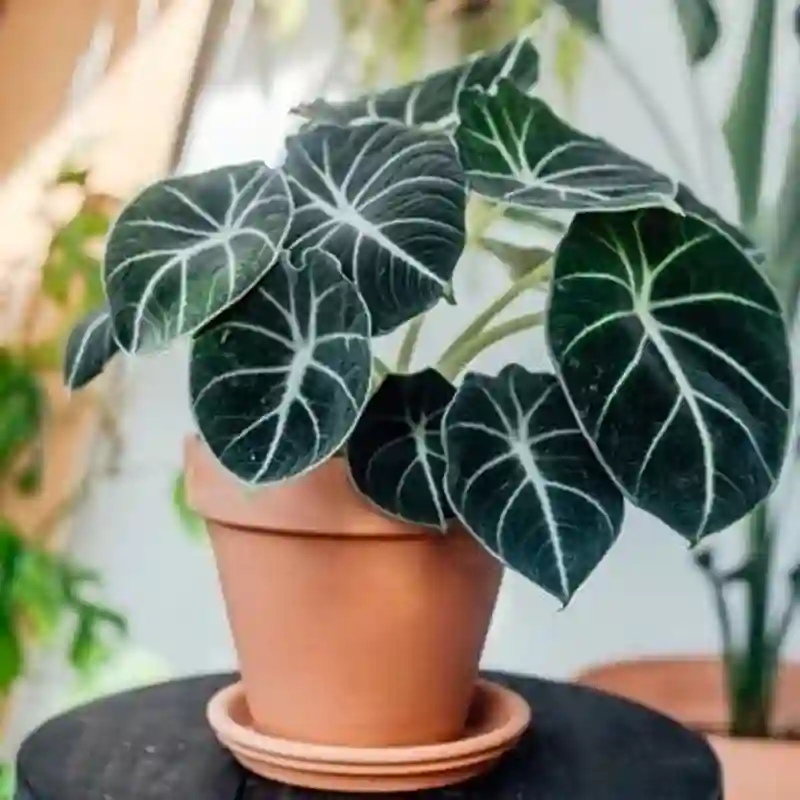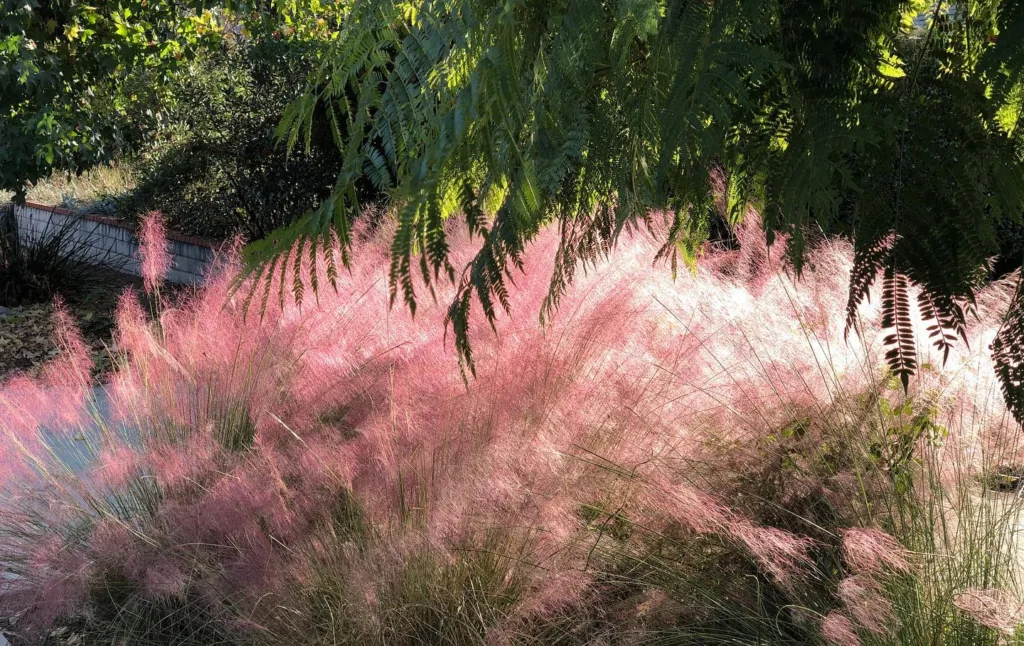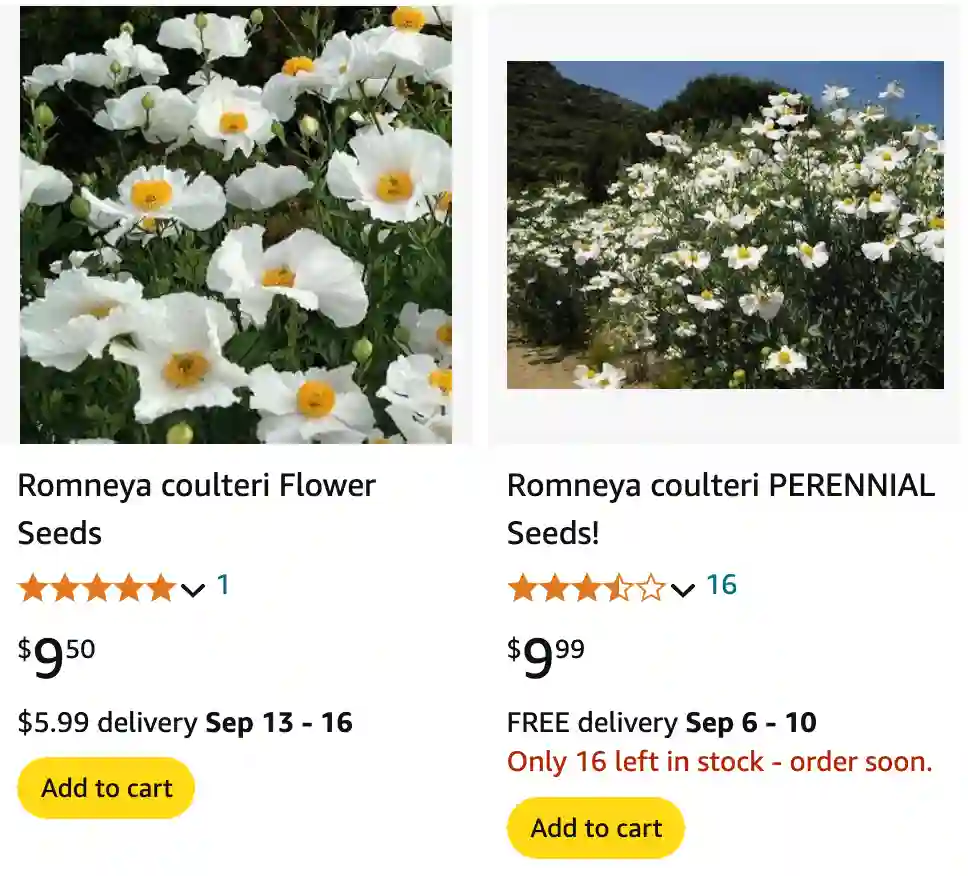
FAQs About Romneya Coulteri
As someone who’s fallen in love with Romneya Coulteri, also known as the Matilija Poppy or the Fried Egg Plant, I often find myself answering common questions about this beautiful, hardy plant. If you’re thinking about adding Romneya Coulteri to your garden, here’s a rundown of everything you need to know.
What Is Romneya Coulteri?
Romneya Coulteri belong to the Papaveraceae family, is a stunning perennial native to California and Baja California. It’s celebrated for its large, white, and yellow blooms that resemble fried eggs—hence its nickname. The plant grows to about 4 to 6 feet tall, with large, deeply lobed leaves. It thrives in dry, well-drained soils and is perfect for xeriscaping.
Plant Family: 46 Genera in Papaveraceae
Can Romneya Coulteri Be Grown in Pots?
Romneya Coulteri can be a bit challenging to grow in pots. It has a vigorous root system and prefers to spread out, which is difficult to achieve in a confined space. However, if you’re set on growing it in a container, choose a large pot—at least 24 inches in diameter—and use a well-draining soil mix. Make sure the pot has good drainage holes to prevent root rot. Even then, keep in mind that the plant may not reach its full potential size or bloom as profusely as it would in the ground.
How to Propagate Romneya Coulteri?
Propagating Romneya Coulteri can be done through both seeds and division. For seeds, collect them from mature plants in late summer. Stratify them by chilling them in the refrigerator for about a month to break dormancy. Then, sow them in a well-draining potting mix and keep them moist but not waterlogged. Germination can be slow and irregular, so be patient.
For division, it’s best to wait until the plant is well-established. In early spring or fall, dig up the plant and divide the root clumps, ensuring each section has a good portion of roots and shoots. Replant them immediately into well-prepared soil.
Is Romneya Coulteri Deer Resistant?
Yes, Romneya Coulteri is generally considered deer-resistant. Its strong fragrance and tough, leathery leaves tend to deter deer. However, in times of extreme hunger or if other food sources are scarce, deer might nibble on it. If deer are a significant problem in your area, consider additional deterrents.
Who Sells Romneya Coulteri?
Finding Romneya Coulteri can sometimes be a bit of a hunt. Many specialty nurseries that focus on native plants or xeriscaping may carry it. Additionally, you can check online plant retailers and garden centers. Some online platforms like Etsy or specialty plant shops also offer it. Always ensure you’re purchasing from a reputable seller to get a healthy plant.
How to Care for Romneya Coulteri?
Romneya Coulteri is relatively low-maintenance once established. It prefers full sun and well-draining soil. Water it regularly during its first growing season to help it establish roots, but once established, it’s quite drought-tolerant. In winter, it’s best to cut it back to the ground to promote vigorous new growth in spring.
What to Plant With Romneya Coulteri?
Romneya Coulteri pairs beautifully with other drought-tolerant plants. Consider planting it alongside succulents, ornamental grasses, or other California natives like California poppies and lavender. This combination will create a beautiful, low-maintenance garden that thrives in dry conditions.
Can You Grow Romneya Coulteri Indoors?
Growing Romneya Coulteri indoors is quite challenging. The plant requires a lot of space, full sunlight, and excellent ventilation to thrive, conditions that are hard to replicate indoors. It’s best suited for outdoor gardens where it can spread and grow naturally.
Is Romneya Coulteri Toxic?
Romneya Coulteri is not considered toxic to humans or pets. However, as with all plants, it’s a good practice to keep it away from children and animals who might chew on the foliage.
Benefits of Romneya Coulteri
Aside from its striking appearance, Romneya Coulteri is beneficial for its drought resistance and low maintenance. It’s also excellent for attracting pollinators like bees and butterflies to your garden. Its ability to thrive in poor soils makes it a great choice for areas with challenging growing conditions.
Common Problems with Romneya Coulteri
One common issue with Romneya Coulteri is its tendency to spread aggressively. It can sometimes become invasive if not managed properly. Another problem is its sensitivity to waterlogged conditions, which can lead to root rot. Ensure good drainage to avoid these issues.
Comparing Romneya Coulteri to Other Plants
If you’re considering alternatives, plants like California poppy or other xeric perennials might be worth exploring. These plants also offer drought tolerance and vibrant blooms, though they may not have the same dramatic flower appearance as Romneya Coulteri.
In conclusion, Romneya Coulteri is a spectacular addition to any garden, provided you give it the right conditions. Whether you’re growing it in a garden bed or a large pot, understanding its needs will help you enjoy its beauty for years to come.
If i die, water my plants!
